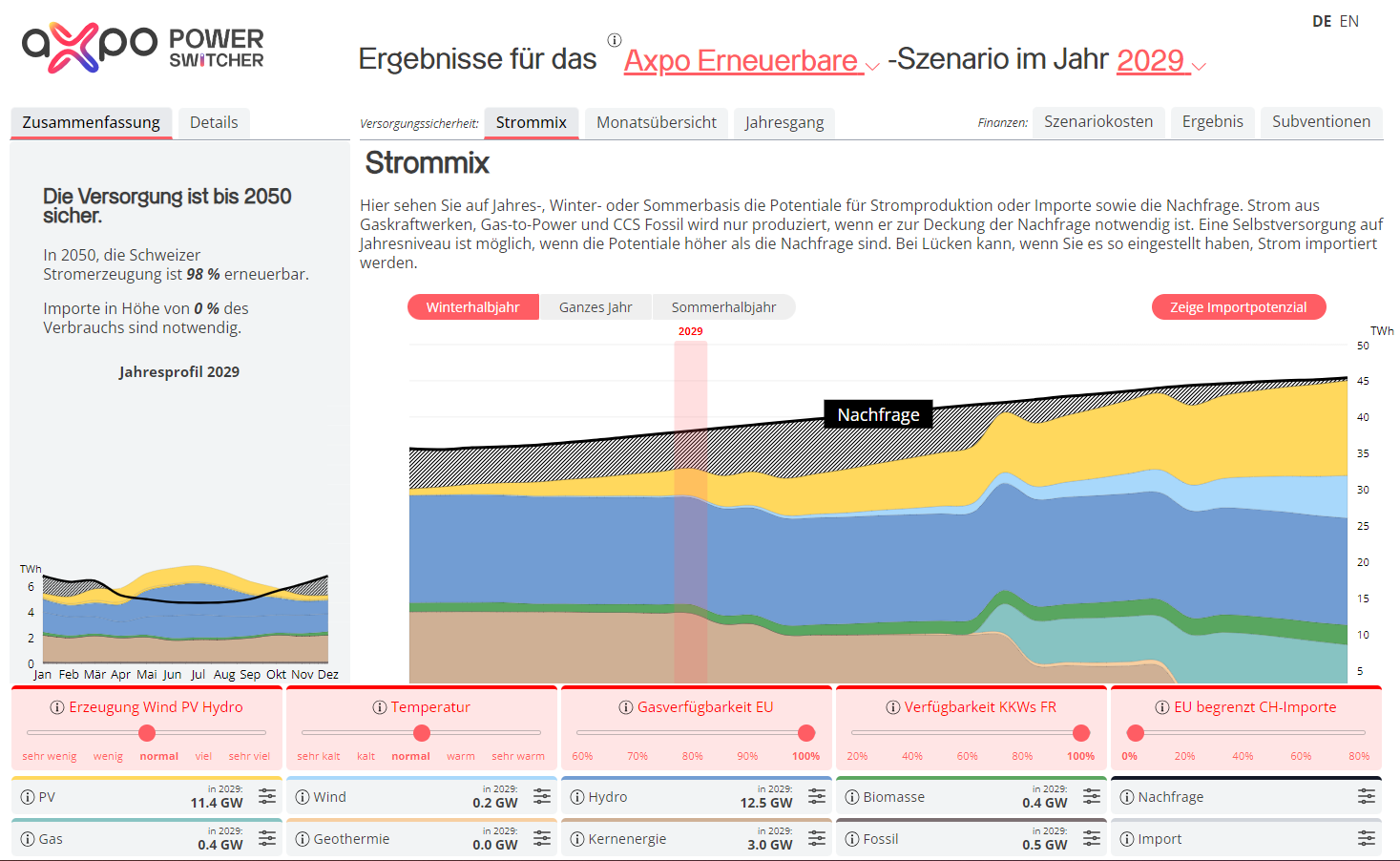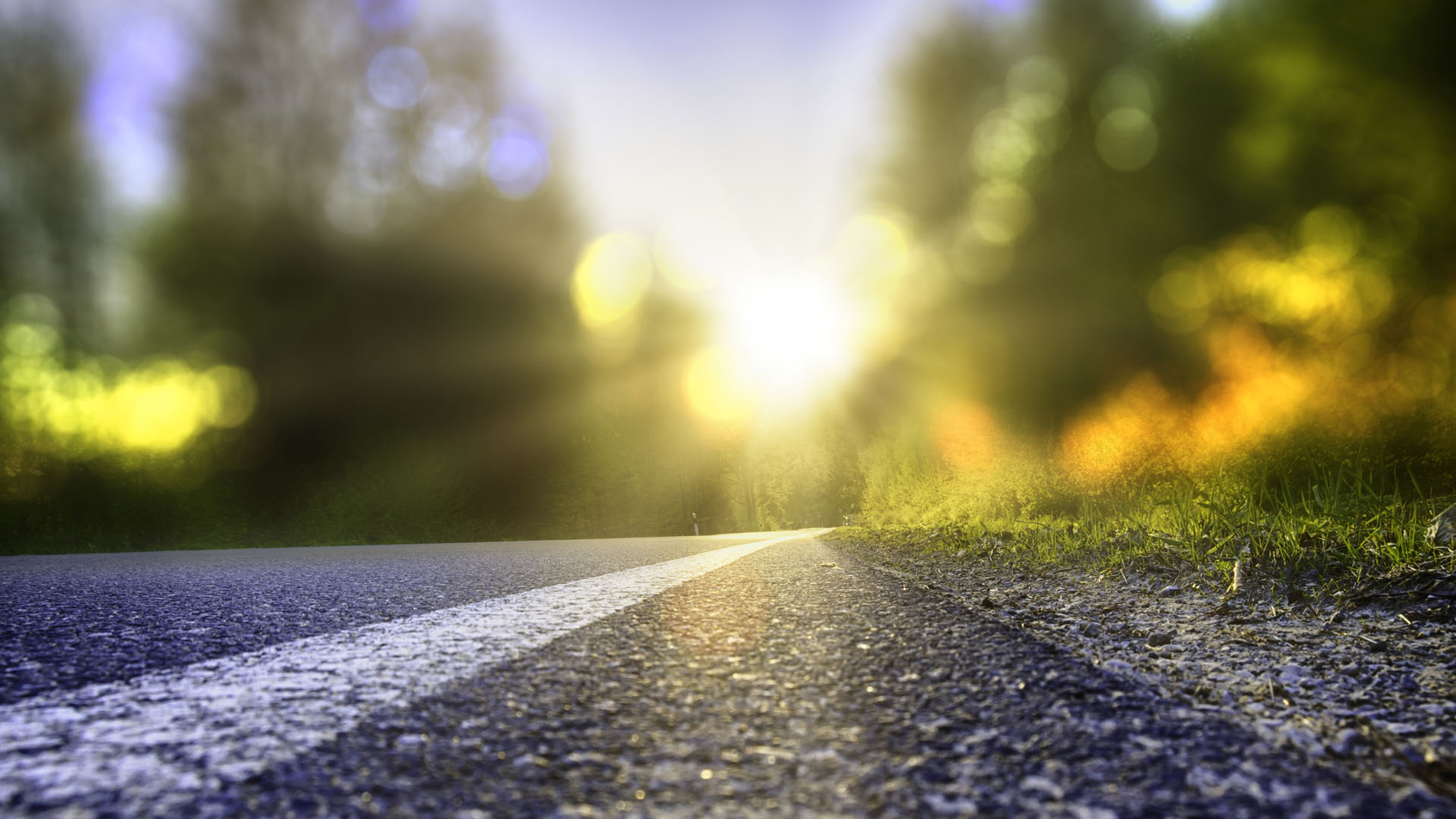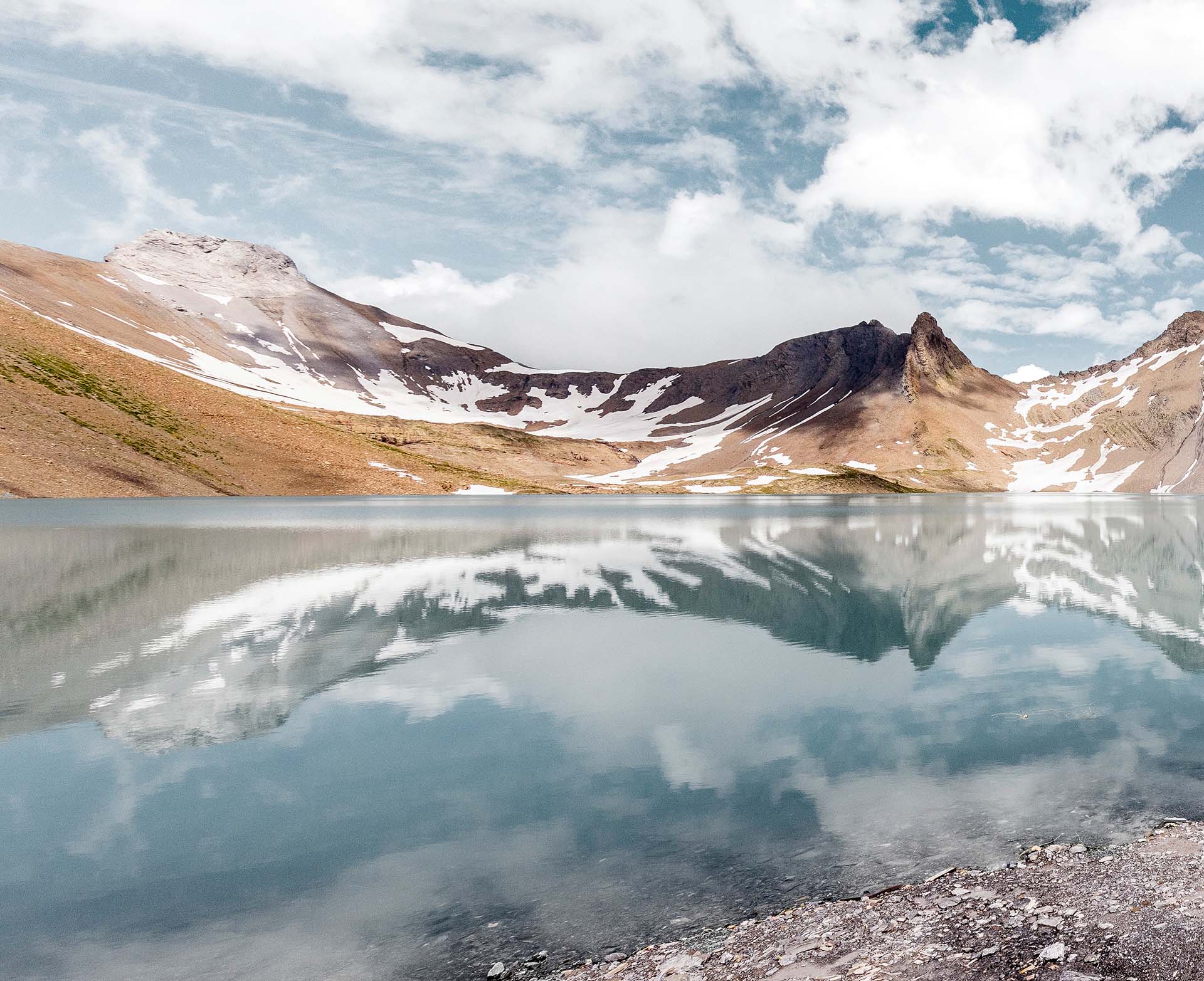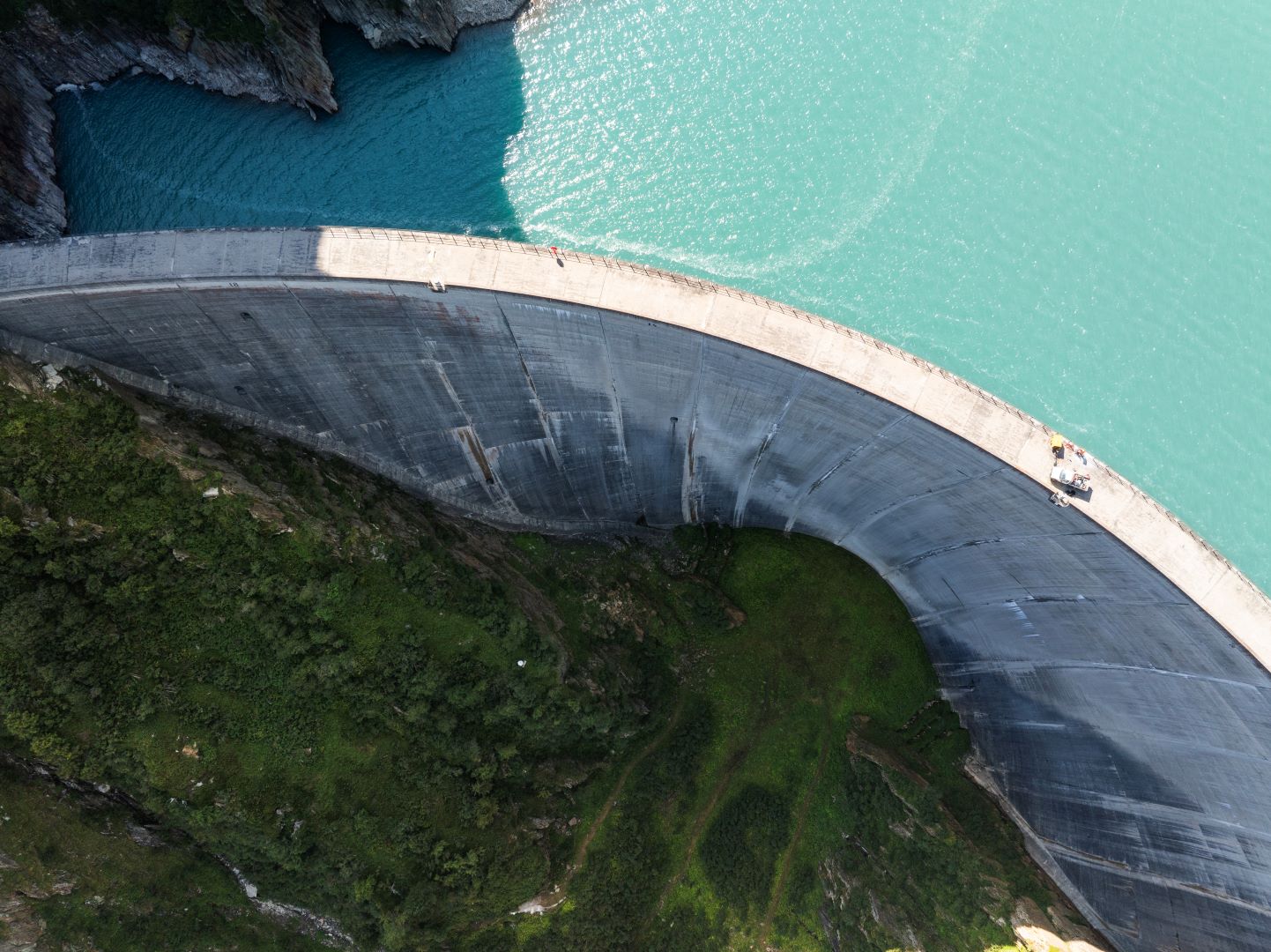

Wasserwärts (Towards Water) A powerful welcome
Whether you're here in person or online, we invite you to rediscover the power of water within the creative flow. By following the water’s course, we find not only energy, but also stories and striking images.
The Wasserwärts exhibition uses stunning photography to take visitors on a journey into the world of hydroelectric power — showcasing technical marvels and pioneering spirit. Explore fifteen large-scale photographs in our exhibition hall, located 1,860 metres above sea level at the entrance to the Limmern reservoir access tunnel.
Here you’ll also find more insights, additional images, interactive exhibits, and thought-provoking perspectives. Let yourself drift wasserwärts.
“Wasserwärts”: An exhibition on the power that drives us all
Supplying around 60% of the country's electricity needs, hydropower is the backbone of Switzerland’s energy supply. Summer and winter, day and night — it ensures a constant and reliable supply of power. Without doubt, hydropower is a heavyweight in Switzerland — both dependable and breathtakingly beautiful.
And because much of what makes hydropower so unique and remarkable usually takes place behind the scenes, we created the Wasserwärts exhibition as an impressive showcase.
We travelled across the country with photographer Markus Bühler, capturing many of Axpo’s hydroelectric power plants in their best — and sometimes most unusual — light: occasionally early in the morning, sometimes from a fresh perspective, but always up close.
The photographs tell stories — including that of the Limmern pumped storage power station, one of our most impressive hydroelectric plants. Spanning nearly 2,000 metres in elevation, it is a technical masterpiece nestled in the striking landscape of the Glarus mountains.
We were so inspired by it that we wanted to give these special photographs a physical home. And what better place than where water releases its power — at the Linth-Limmern pumped storage power plant, 1,860 metres above sea level, in the tunnel leading to Lake Limmern. Three kilometres in which you can immerse yourself in the world of hydropower and let yourself be carried away.
Some impressions from the "Wasserwärts" exhibition:
A few facts about the gallery
air humidity
in the tunnel all year round. That’s why the photographs had to be printed on extremely durable and weather-resistant material.
photographs
were taken by Markus Bühler on his journey along the Axpo power plants in Switzerland. You can see the most beautiful examples in our "Wasserwärts" selection.
tunnel
connects the Kalktrittli mountain station and Lake Limmern. You can now admire 15 of the most beautiful photographs of power stations along this route through the mountain tunnel.
In focus: Interview with photographer Markus Bühler
Bühler: I’ve just returned from north-west Greenland, where I spent several weeks accompanying and photographing the Inuit as they hunted on the ice. It’s a world of towering icebergs and stunning landscapes. And often, when I look at these colossal ice formations, I’m reminded of the Swiss landscape. Our vast panoramas of mountains, forests and valleys are no less breathtaking. While working on the Axpo hydropower images, I had the opportunity to explore these very landscapes. One moment that stands out was at the Muttsee hut, when I photographed the reservoir just after sunset. It felt like being in the Grand Canyon. The light changed by the minute - more dramatic with every passing moment. It was an incredibly exciting experience.
Alongside my work with the Inuit in Greenland, I work very intensively in the forests of Switzerland. My first book, Wald Bilder (Forest Pictures), focused on just that. The challenge was always: how do you see the forest for the trees? The same applies to photographing inside a hydroelectric plant. My approach was to frame the powerful machinery in a way that lets viewers experience it in relation to its space - to reveal structure and scale.
We began the project in summer and continued into autumn. My concept from the start was to shoot at sunrise and sunset, sometimes continuing into the night. So I always had to arrive early and stay late at each power plant. It got a bit easier in autumn - the sun rises later and sets earlier.
I imagine that, during the rather long trek through the tunnel, it will be an exciting experience for hikers and visitors alike to see what kind of landscape lies ahead or to revisit what they have just seen for themselves. Perhaps they’ll wonder where the photographer stood to take the photo, and whether they saw it that way for themselves. When the idea of an exhibition in the tunnel first came up, I was immediately totally excited. I think it’s a great idea to turn a tunnel into a photo gallery.
Power from the mountains: Limmern pumped storage power station
The underground pumped storage plant built into the rock can pump water from Lake Limmern back up to Lake Mutt, 630 metres higher, and reuse it to generate electricity when needed. It works like a giant battery in the mountains – when there is plenty of energy available, the water can be pumped back into the upper reservoir and used to generate electricity exactly when it is needed.
A look behind the scenes
Take a look behind the mountain and discover in time-lapse motion how they built the main cavern inside the mountain and how they lifted the heavy plant and machinery and technical equipment up into the mountain.

Plunge in
Discover more about the huge battery inside the mountain and why it can generate energy exactly when it is most urgently needed.

On the dam
Have you ever seen how a reservoir fills behind a dam? See it in time-lapse action!

What will Switzerland's energy mix look like in the future?
To ensure a reliable power supply into the future, we need to consider the technology mix we will be using and the impact our decisions will have. Discover for yourself what we need to consider in any future power mix and create your own customised electricity mix with the Power Switcher. And take a look at Axpo’s own two scenarios: Renewables and Landscape
The Renewables scenario
The ‘Renewables’ scenario builds on the current course of the Swiss Energy Strategy 2050. It expects that, in the coming years, significantly more electricity will be produced from renewable sources such as solar, wind, water and biomass. This scenario relies on a balanced mix of different technologies – the focus does not lie on any single energy source, and each source contributes to the supply.
The Landscape scenario
The ‘Landscape’ scenario assumes that many renewable energy projects will fail due to objections or referendum results – often for reasons related to landscape or nature conservation. Still aiming to achieve a climate-neutral electricity supply by 2050, this scenario relies on new nuclear power plants, as well as solar panels on roofs and the utilisation of existing infrastructure.
Since Swiss law prohibits the construction of new nuclear power plants, this scenario remains hypothetical. Even if new plants were to be built, it would take decades; thus, a major expansion of renewable energies, especially photovoltaics, would still be crucial.

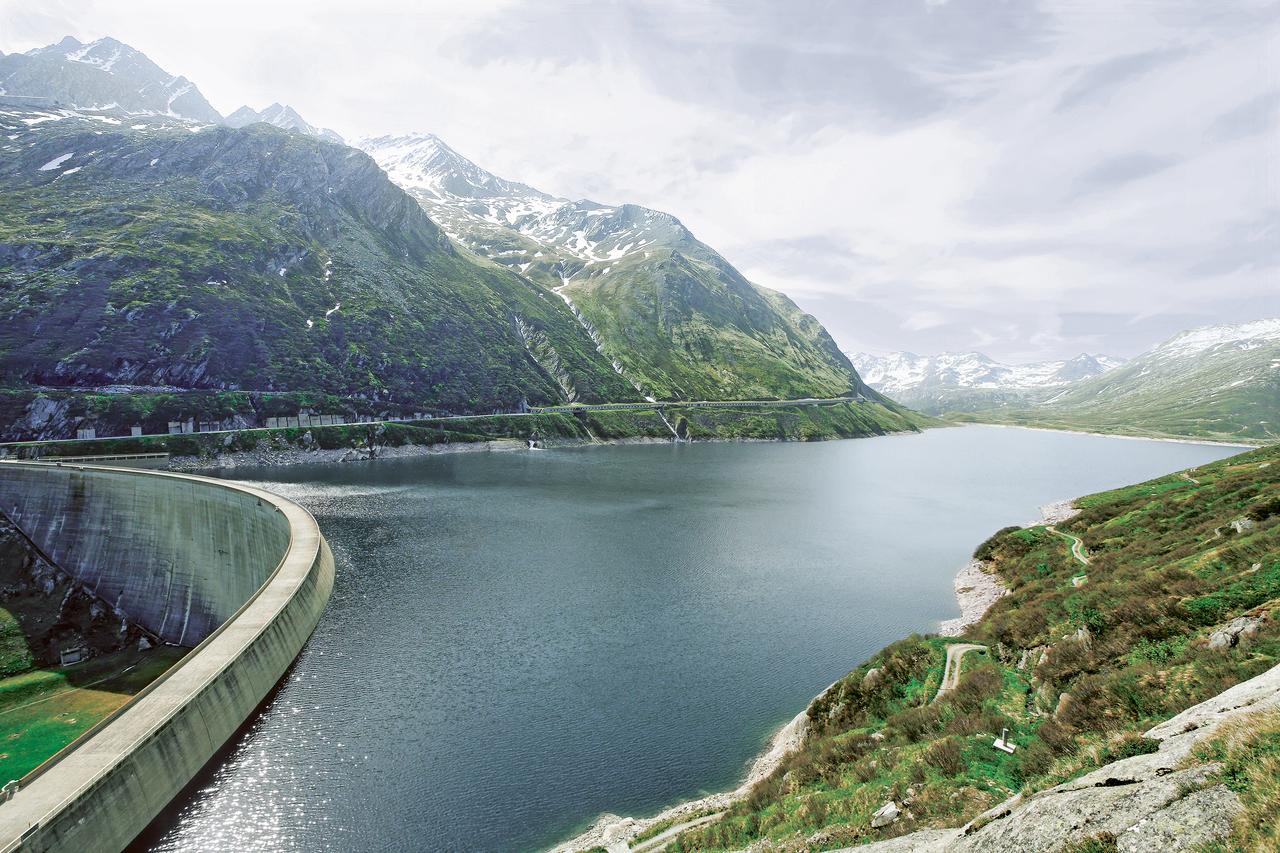
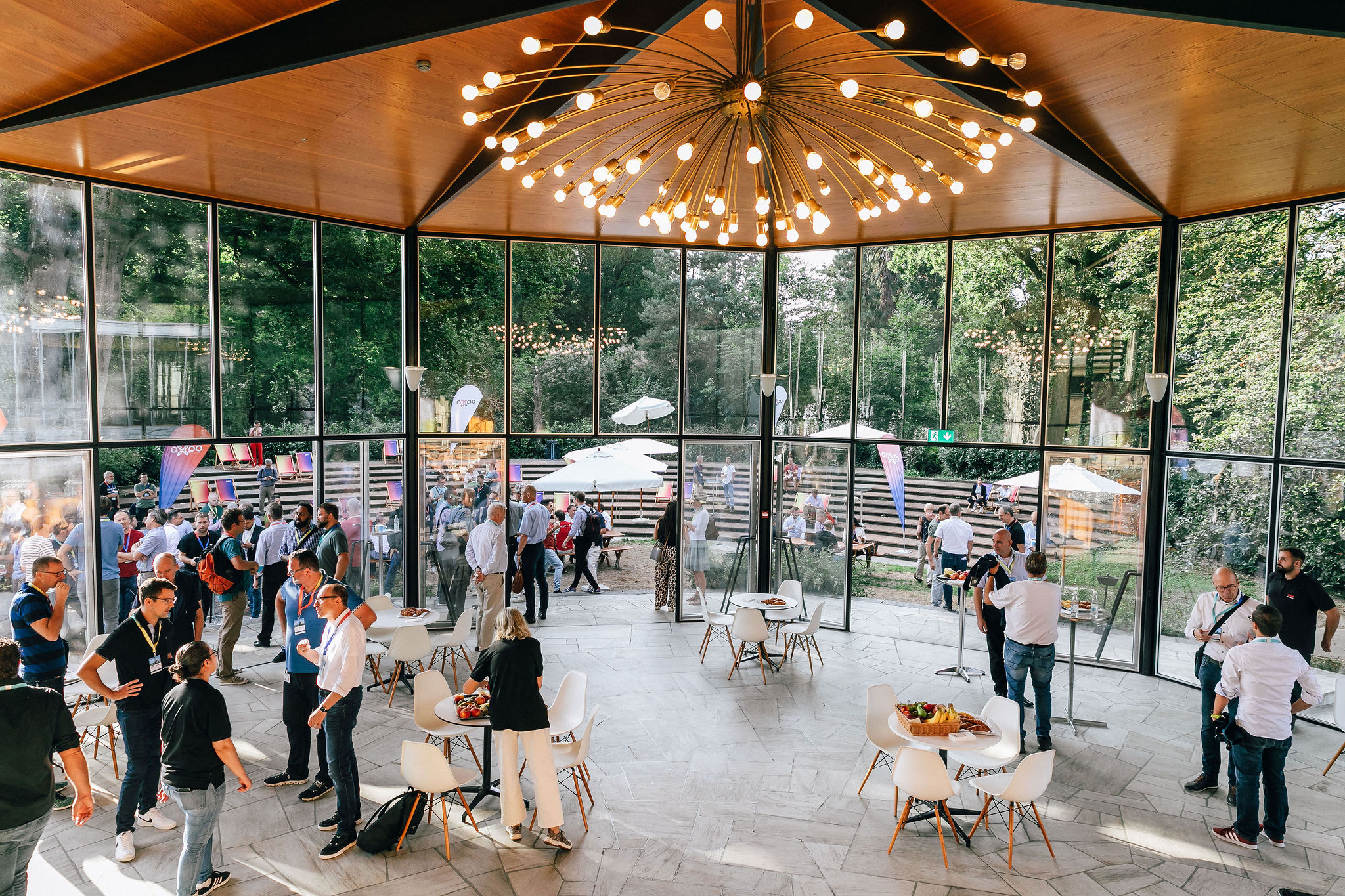
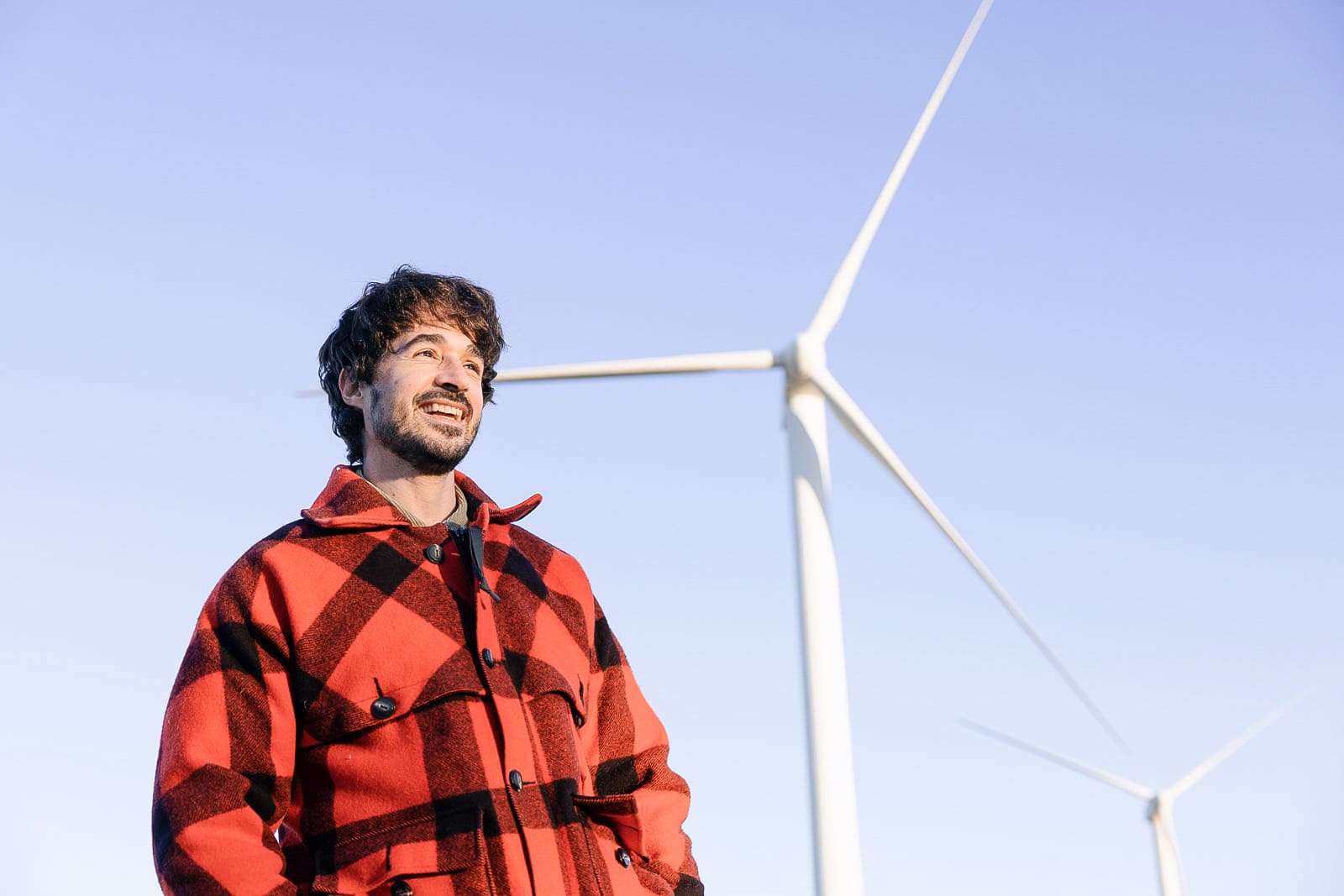
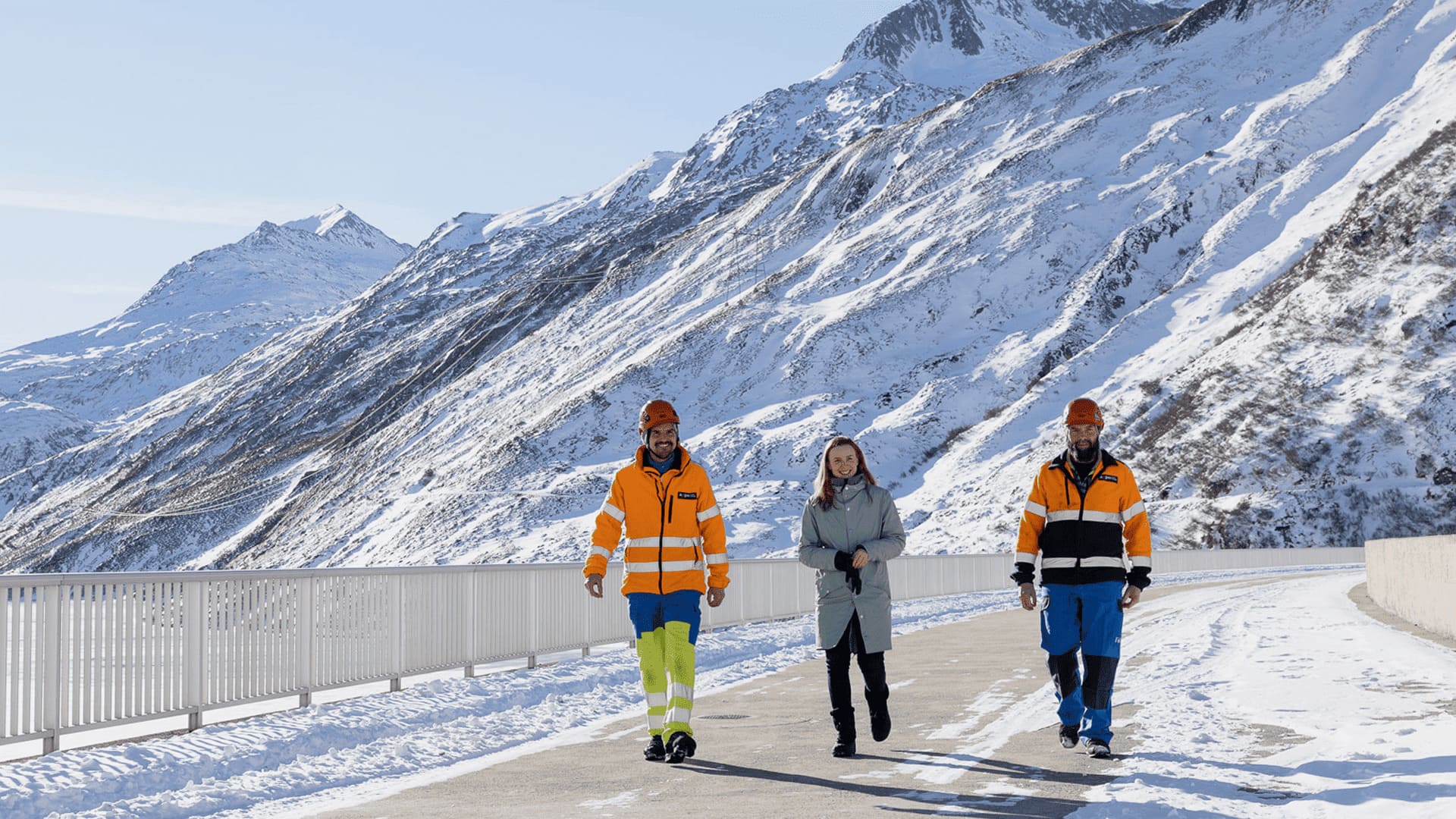
.jpg)

